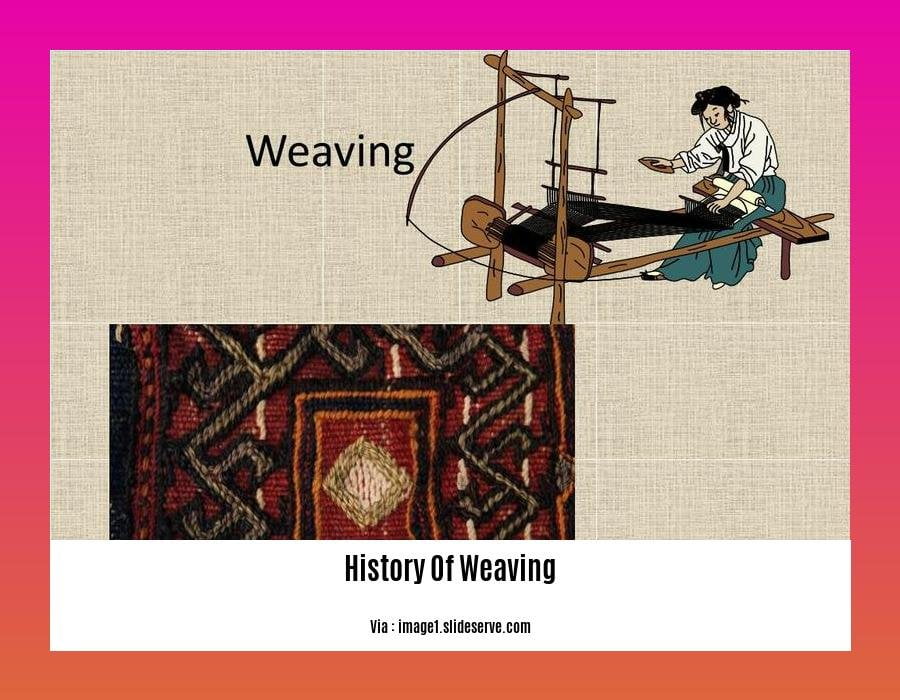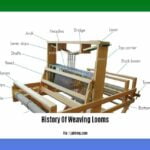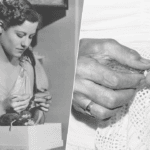Embark on a captivating journey through the intricate world of weaving in our article, [- A Journey Through Threads: Exploring the History of Weaving Across Cultures]. Delve into the rich tapestry of textiles, unraveling the fascinating history, processes, terminology, archaeological discoveries, and diverse types of weaving that have shaped civilizations across the globe. Prepare to be mesmerized as we uncover the stories woven into every thread, connecting cultures and showcasing the enduring legacy of this timeless craft.
Key Takeaways:
Weaving, an ancient craft dating back to Neolithic times, involves interlacing threads to create fabrics.
Weaving techniques differ across cultures and are influenced by accessible materials and tools.
American weavers are credited with inventing many non-mechanized techniques.
In the Inca Empire, predominantly women used various looms for weaving.
History of Weaving
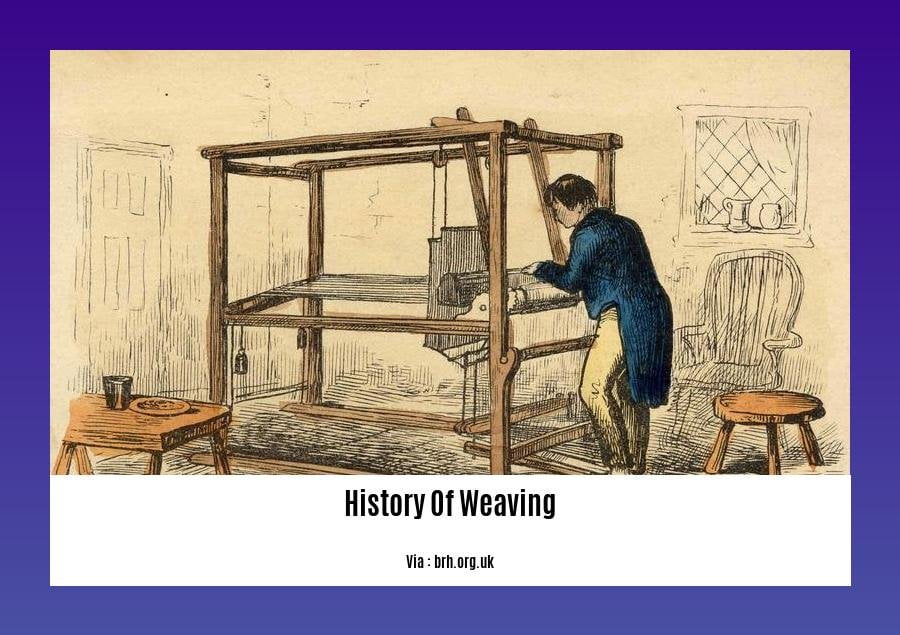
Weaving, the art of interlacing threads or fibers to create fabric, is a narrative of human ingenuity. Its genesis can be traced back to the Neolithic era, an astonishing 12,000 years ago, when humans first transformed fibers into textiles.
The Global Tapestry: A Weave of Cultures
Throughout history, the history of weaving has unfolded as a kaleidoscope of cultures, each contributing unique threads to the global fabric. In ancient Egypt, linen was prized for its breathability, while in the Inca Empire, women wove intricate textiles using diverse looms. In China, silk, a symbol of luxury, was carefully cultivated and woven into exquisite garments.
Looms: The Architects of Cloth
The loom, the weaver’s faithful companion, has evolved from simple frames to intricate machines. The upright loom, with its vertical warp threads, was common in ancient Greece. The horizontal loom, more suited for wider fabrics, flourished in medieval Europe. These innovations allowed weavers to create fabrics of varying widths and complexities.
From Fibers to Fabric: A Symphony of Materials
Weaving’s versatility extends to the materials it embraces. From humble cotton and wool to luxurious silk and linen, weavers have transformed nature’s bounty into wearable art. In Japan, washi paper, crafted from mulberry bark, is woven into delicate textiles. In West Africa, kente cloth, a symbol of royalty, is woven from vibrant silk threads.
Weaving’s Enduring Legacy: A Timeless Thread
Today, weaving continues to flourish, a testament to its enduring charm. Whether adorning our bodies, furnishing our homes, or gracing museum walls, woven textiles remain an integral part of human culture. They carry stories of tradition, innovation, and artistry, inviting us to explore the rich tapestry of the history of weaving.
If you are curious to explore the rich history and origins of weaving looms, then you should definitely check out our in-depth article on the history of weaving looms here.
For those who are fascinated by the intriguing history behind welcome mats, we invite you to delve into our comprehensive article that delves into the history of welcome mats here.
And for those who are into K-beauty and skincare must not miss our post about the history of Whoo here.
Archaeology
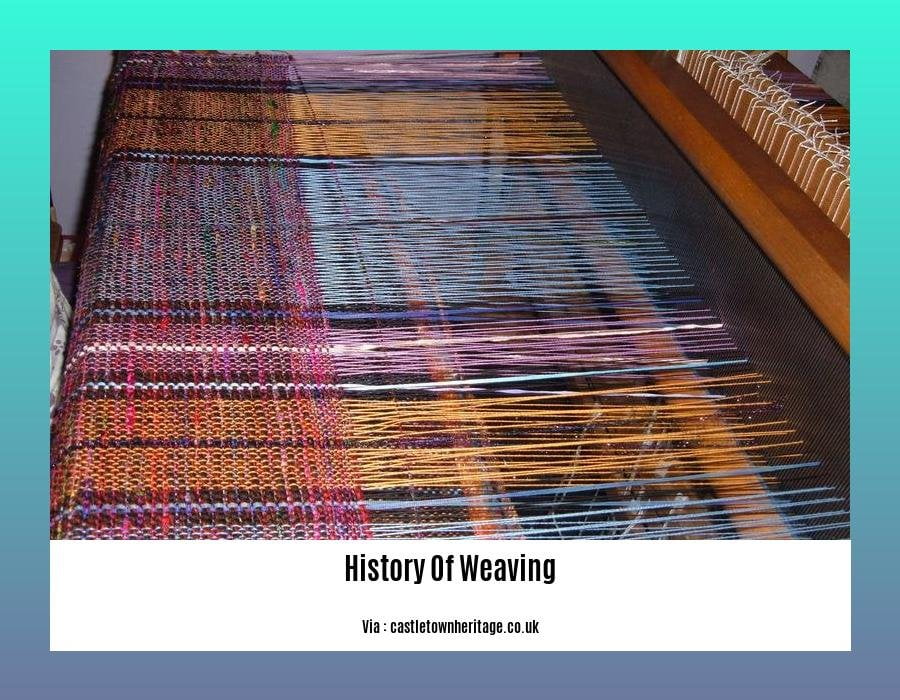
Archaeological discoveries have shed light on the enigmatic world of ancient weaving. In China, spindle whorls, crucial tools for spinning thread, have been unearthed at various Southern sites, signaling a vibrant weaving tradition in the region. Similarly, evidence from Southeast Asia suggests a widespread familiarity with weaving. These artifacts provide a glimpse into the intricate lives of ancient weavers and their impact on shaping cultural practices.
In ancient Europe, the art of weaving was closely associated with women. Artwork and historical accounts portray women diligently spinning and weaving, highlighting their central role in textile production. This connection between women and weaving is a testament to the gendered division of labor that characterized many societies throughout history.
The explosion of human creativity during the Upper Paleolithic period also embraced weaving. Venus figurines, crafted with intricate woven designs, serve as a reminder of the profound role weaving played in artistic expression. These figurines, adorned with woven patterns, offer a tangible link to the cultural narratives and artistic sensibilities of our distant ancestors.
Key Takeaways:
Archaeological evidence from China and Southeast Asia showcases a widespread weaving tradition, with spindle whorls serving as key tools for spinning thread.
In ancient Europe, women were the primary weavers, as depicted in artwork and historical writings, reflecting the gendered division of labor in textile production.
The Upper Paleolithic period witnessed the integration of weaving into artistic expression, as seen in Venus figurines adorned with intricate woven patterns.
Citations:
[1] https://link.springer.com/article/10.1007/s41826-023-00074-4
[2]
Types
From the luxurious linens of ancient Egypt to the vibrant silks of China, the types of fabrics woven throughout history reflect the diverse cultures and environments that shaped them. Each region developed unique weaving traditions, influenced by available materials, tools, and artistic sensibilities.
Ancient Egypt
In the arid lands of Egypt, weavers transformed linen fibers into exquisite textiles, prized for their breathability and durability. The intricate patterns and motifs woven into these linens showcased the skill and artistry of Egyptian weavers.
China
With a weaving history spanning over 5,000 years, China is renowned for its mastery of silk production. The delicate threads of the silkworm were transformed into shimmering fabrics, often adorned with intricate designs and vibrant colors.
Medieval Europe
In medieval Europe, tapestry weaving emerged as a popular form of artistic expression. These large, woven hangings depicted scenes from mythology, history, and religion, adding warmth and color to the cold stone walls of castles and cathedrals.
Key Takeaways:
- Linen, a plant fiber, was the primary material for weaving in ancient Egypt due to its breathability and durability. [2024atonce.com/blog/history-of-weaving/ ]
- Ancient Egyptian weavers displayed their skill and artistry through the intricate patterns and motifs they wove into linen textiles. [2024atonce.com/blog/history-of-weaving/]
- China’s weaving tradition, with its emphasis on silk production, has endured for over 5,000 years, showcasing the country’s mastery of this delicate material. [www.historyofclothing.com/making-clothing/history-of-weaving/]
- Tapestry weaving flourished in medieval Europe, adding warmth and color to castles and cathedrals with its intricate woven hangings depicting scenes from mythology, history, and religion. [www.historyofclothing.com/making-clothing/history-of-weaving/]
FAQ
Q1: How did weaving originate and evolve over time?
A1: Weaving originated around 12,000 years ago in Neolithic times, likely driven by the need for clothing and shelter. Over time, weaving techniques diversified as different cultures developed unique styles and innovations, influenced by available materials and technologies.
Q2: What are some notable weaving techniques practiced in different cultures?
A2: Various cultures have developed distinct weaving techniques. For example, American weavers are recognized for non-mechanized techniques, while in the Inca Empire, women excelled in weaving using various types of looms. In ancient Egypt, linen was used to create luxurious fabrics, and China’s 5000-year-old history of weaving showcased the significance of silk.
Q3: How do archaeologists study the history of weaving?
A3: Archaeologists study the history of weaving through excavated textiles, spindle whorls, and other weaving tools found at archaeological sites. These artifacts provide insights into the techniques, materials, and cultural practices associated with weaving in different regions and time periods.
Q4: What role did weaving play in ancient societies?
A4: Weaving was crucial in ancient societies, serving practical and cultural purposes. It provided essential textiles for clothing, shelter, and various utilitarian objects. Additionally, weaving held cultural significance, with intricately woven fabrics often used for religious rituals, artistic expression, and social status.
Q5: How has weaving influenced modern textiles and fashion?
A5: Weaving techniques and designs from ancient times continue to influence modern textiles and fashion. Many traditional weaving patterns and motifs have been adapted and incorporated into contemporary clothing, home décor, and art. The enduring legacy of weaving can be seen in the appreciation for handcrafted textiles and the revival of traditional weaving practices in various parts of the world.
- Senior at What Age: Benefits & Eligibility Guide - March 29, 2025
- Unlocking Senior Benefits: How Old is a Senior? Your Complete Guide - March 29, 2025
- Master Russian Politeness:A Guide to Saying Please - March 29, 2025
